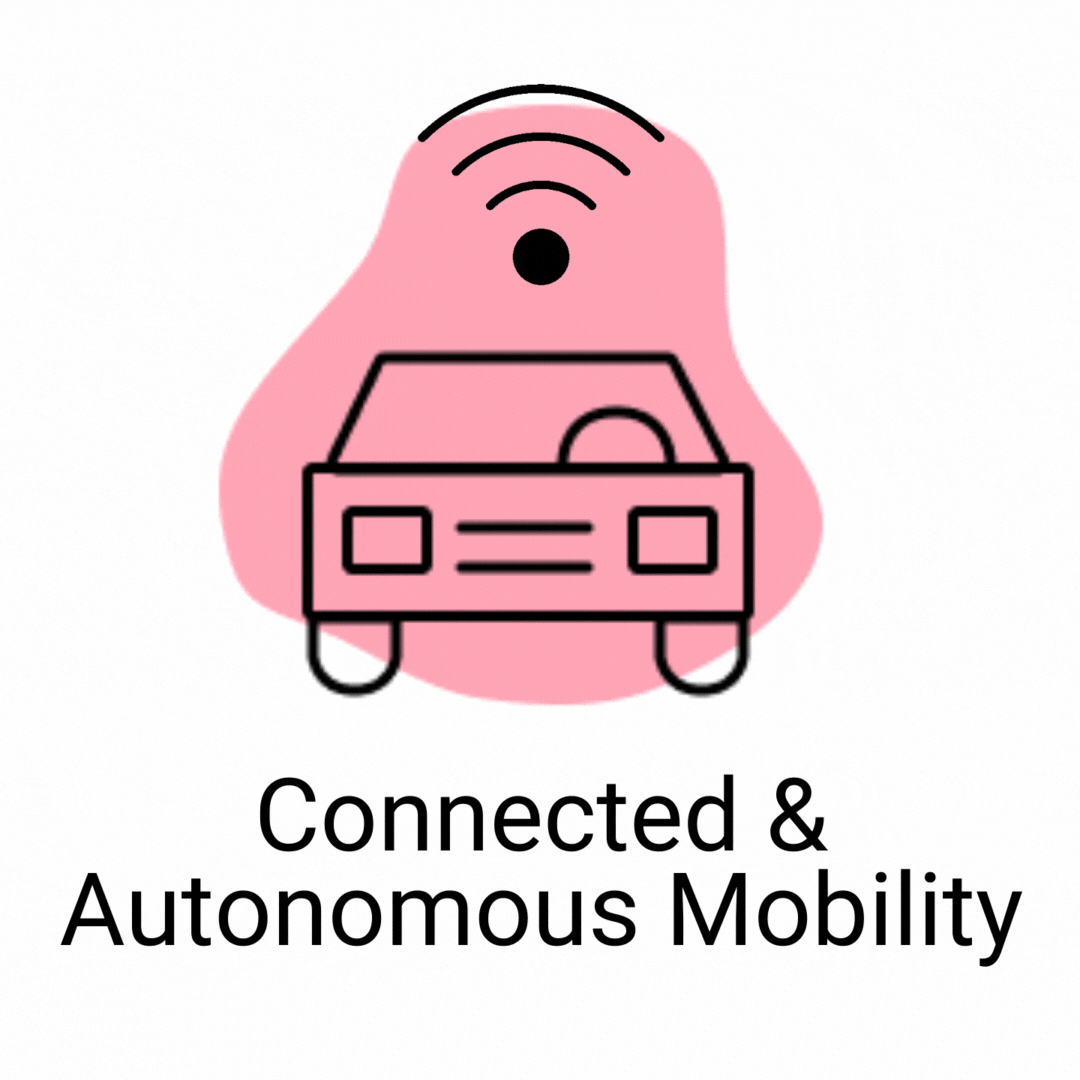The primary objective of this project is to develop a cooperative perception method that fuses sensor information from vehicle-onboard and roadside devices, with the aim of extending sensing ranges and improving sensing reliability. Considering the limited computational and storage resources on the edge-side, edge-device-based artificial intelligence algorithms will be employed for enhancing the efficiency of the proposed methods without losing accuracy.
Overview
Cooperative sensing refers to a technology that increases perception range and field-of-view by exchanging sensor information between vehicles (and roadside devices). Bagnell et al. developed a method that combines vehicle onboard data with static satellite imagery for path planning. The major limitation of this method is that static images cannot capture vehicle and pedestrian dynamics. Kim et al. presented a framework for multi-vehicle cooperative perception and identified several major challenges: map merging, vehicle identification, sensor multi-modality, the impact of communications, and impact on path planning. Liu et al. further considered the motion planning problem given long-range cooperative sensing information.
Although lots of research have been conducted on multi-vehicle cooperative perception, few studies have considered combining information from vehicle onboard sensors and roadside sensors. This project argues that it would be highly beneficial to utilize roadside sensors for cooperative driving perception because of the following advantages it brings:
1. Roadside sensors provide a more complete view of the driving environment, which might be difficult to achieve by onboard sensors alone because of occlusion and a limited range of perception.
2. Roadside sensor data can be shared with all traffic participants (including vehicles, pedestrians, and bicycles), which could reduce the sensing burden on individual vehicles.
3. By collecting and communicating all traffic participants’ information, roadside sensors can increase the safety and reliability of traffic systems by providing alert messages for collision- impending objects.




